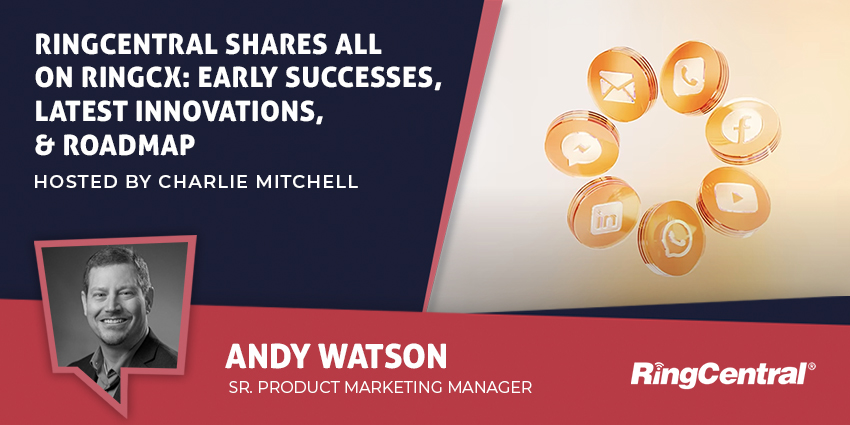McKinsey has identified a leap from 32% to 55% growth in digital engagement between customers and businesses between year-end 2019 and summer 2020.
This has triggered unprecedented omni-channel growth, with many companies reporting leaps in customer use of social channels, chat, messaging and even video.
But according to Puzzel’s new blog from Martin Hill-Wilson of Brainfood Consulting, these new technologies and behavioural trends are propelling a drive in resource planning due to the volume of customer interaction is more evenly distributed across modalities.
Hill-Wilson says: “Firstly, single-channel forecasting is less complex than multi-channel forecasting. So multi-channel forecasting takes longer to complete and can require additional contact relative to the greater effectiveness of omni-channel. This means productivity assumptions will need to be recalibrated based on your changing channel mix and contact centre platform capabilities.
“Secondly, voice has always had queuing challenges as the default customer service channel. But now we’re also starting to see queues for other live assistance channels, such as web chat. So given this new phase of rapid digital adoption we’re in, what happens if social and chat capacity starts to choke? Industry colleagues tell me this is already an issue in some sectors. How much additional wait time should be built in as a result?”
He adds: “Thirdly, is historic data still the prime reference for generating new forecasts given these fast-evolving customer behaviours? Resource planners must now look forward and anticipate how rapidly their customer base is changing engagement preferences. Given this, who has this insight in the organisation? Is anyone even tracking it? If not, how do planners plug into external sources to keep up with these behavioural shifts?”
He asks what the end result of this will be. Whether digital adoption in older cohorts is likely to stick post-COVID or could a lifetime habit of face-to-face engagement poor cold water over this idea.
Then here’s the question of what role self-service will play in accelerating the complexity of customer engagement. Currently, in the UK at least, there is a balance in self-service and live agent assistance.
The blog lists ways in which teams should review their roles and work to remain effective. Points to consider are:
- How do resource planners develop a broader understanding of customer and employee trends? As the next phase of hybrid working takes shape, there is still much to be discussed as options are negotiated between employer and employees. How will this impact planning assumptions and forecasts?
- How do resource planners become more closely involved in key management decisions? Cross-functional teamwork has been the answer in many organisations. Is this a way forward to help resource planners develop a broader perspective on how the organisation is responding to new customer and employee trends?
- What are the upskilling challenges? How do other industries model uncertainty and volatility and what can be learnt from them? Are some elements of data science relevant? Is it important to understand how AI-generated predictions work? Should resource planners learn how to leverage real-time insights to make new types of resourcing decisions? Does it help to have a deeper understanding of the organisation’s CX goals? Or should planners understand the evolutionary path that live assistance is now on, given the growing impact of self-service, automation and proactive service?
To read the blog, click here.






